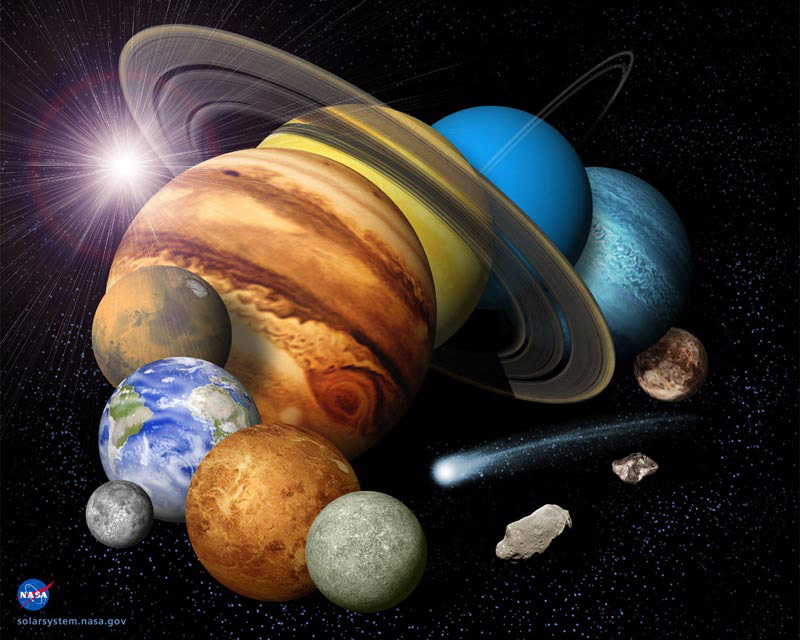Scientists to Unveil New Planetary Science Discoveries This Week

Nearly 2,000 scientists have converged in Texas this week to reveal the latest discoveries on the moon, Mars and other destinations across the solar system.
The gathering marks the start of the Lunar and Planetary Science Conference in The Woodlands, Texas, near Houston, an annual conference to discuss new discoveries by scientists and unmanned spacecraft.
"This is the premiere conference for planetary scientists, and has been a significant focal point for planetary science research since its beginning in 1970, when it was known as the Apollo 11 Lunar Science Conference," officials with the Lunar and Planetary Institute of Houston said in a statement. The institute organizes the five-day conference each year.
NASA officials said the U.S. space agency's unmanned Mars and moon missions will be featured prominently in the conference this week. [Spacecraft Now Exploring Deep Space (Photo Gallery)]
"Presentations will include recent science findings from the rover Curiosity on Mars, and an update on NASA's Gravity Recovery and Interior Laboratory (GRAIL) and Lunar Reconnaissance Orbiter missions," NASA officials said in an announcement.
NASA will webcast two press conferences on Monday and Tuesday (March 18 and 19) to discuss the Curiosity rover's Mars discoveries and the Grail moon probes. Today's press conference begins at 1 p.m. EDT (1700 GMT) and will focus on the Curiosity rover, which has confirmed that Mars was habitable for microbial life in the ancient past. NASA unveiled that discovery last week.
You can watch the Curiosity press conference live on SPACE.com here, courtesy of NASA and the Lunar and Planetary Institute. Curiosity landed on Mars in August to begin a two-year primary mission to determine if Mars could have ever supported life. The rover accomplished that goal in just seven months, NASA officials said.
Breaking space news, the latest updates on rocket launches, skywatching events and more!
On Tuesday, NASA will hold another press conference at 1 p.m. EDT to discuss the Grail mission to map the moon's gravity. The two Grail spacecraft launched 2011 and orbited the moon together in order to measure the lunar gravitational field with unprecedented detail. The probes completed their mission last year, ending the expedition with spectacular back-to-back crashes into the lunar surface.
The conference will also include updates on the latest planetary science discoveries by scientists around the world, as well potential future missions to explore the solar system by NASA and other space agencies.
Visit SPACE.com each day this week for news from the 44th Lunar and Planetary Science Conference.
Email Tariq Malik at tmalik@space.com or follow him @tariqjmalik and Google+. Follow us @Spacedotcom, Facebook and Google+. Original article on SPACE.com.

Tariq is the award-winning Editor-in-Chief of Space.com and joined the team in 2001. He covers human spaceflight, as well as skywatching and entertainment. He became Space.com's Editor-in-Chief in 2019. Before joining Space.com, Tariq was a staff reporter for The Los Angeles Times covering education and city beats in La Habra, Fullerton and Huntington Beach. He's a recipient of the 2022 Harry Kolcum Award for excellence in space reporting and the 2025 Space Pioneer Award from the National Space Society. He is an Eagle Scout and Space Camp alum with journalism degrees from the USC and NYU. You can find Tariq at Space.com and as the co-host to the This Week In Space podcast on the TWiT network. To see his latest project, you can follow Tariq on Twitter @tariqjmalik.
